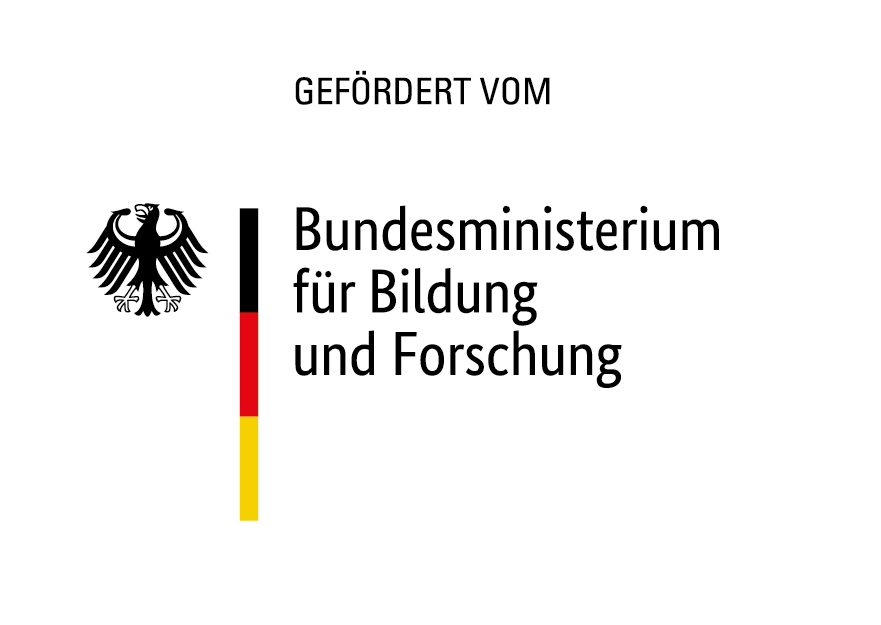About
Due to significant leaps in computational technology over the past three decades, climate models today depict the global climate at an unprecedented resolution and deliver more robust projections than ever before. Despite crucial advances, however, present modeling efforts lack skill in the prediction of local climate changes, in particular in the assessment of extreme events.
In the past, a major limiting factor for delivering robust and policy-relevant regional projections was a lack in computing resources. To advance to the scale on which the correlate effects of climate change are felt, climate models need to increase their grid resolutions, meaning going from grid sizes of 50-150 km down to 1-5 km. Capitalizing on recent advances in HPC, WarmWorld centrally contributes to this new paradigm of high-resolution models by furthering the development of ICON, a globally coupled climate model.
To this end, WarmWorld’s efforts are not concentrated on constructing a model from scratch. The project rather imparts a significant contribution to ongoing developments of the already convection-resolving ICON model. Overall, WarmWorld aims to increase ICON’s run time efficiency, construct a more fine-meshed model grid, and seeks to create a more seamless experience for end-users. The leap toward smaller scales allows for the representation of finer meso-scale processes, such as cloud formation and eddies, and holds not only with the promise to improve local impact assessments but fosters potential to improve understanding of large-scale processes at the same time.
The model development brings together national and international experts in the field of climate science, scientific computing and AI. The initiative is split into two phases: an initial construction phase (Phase 1, 2022-2026) predominantly concentrated on model development, and an application phase (Phase 2, 2026-2029) focused on fine-tuning user experience with model output. During the initial construction phase, the development is coordinated under four modules under the names Better, Easier, Faster, and Smarter.
The WarmWorld initiative draws its funding from the BMFTR, amounting to 15 million Euro under grant numbers 01LK2202, 01LK2203, 01LK2204. The overarching coordination of the project is led by the project office of the Max Planck Institute for Meteorology in Hamburg. The scientific project and module-specific efforts are led collaboratively:
- Better by the Max Planck Institute for Meteorology (MPI-M) and the Alfred Wegener Institute (AWI)
- Faster by the German Climate Computing Center (DKRZ) and the Max Planck Institute for Meteorology (MPI-M)
- Easier by the German Climate Computing Center (DKRZ) and the University of Cologne (Uni-Köln)





